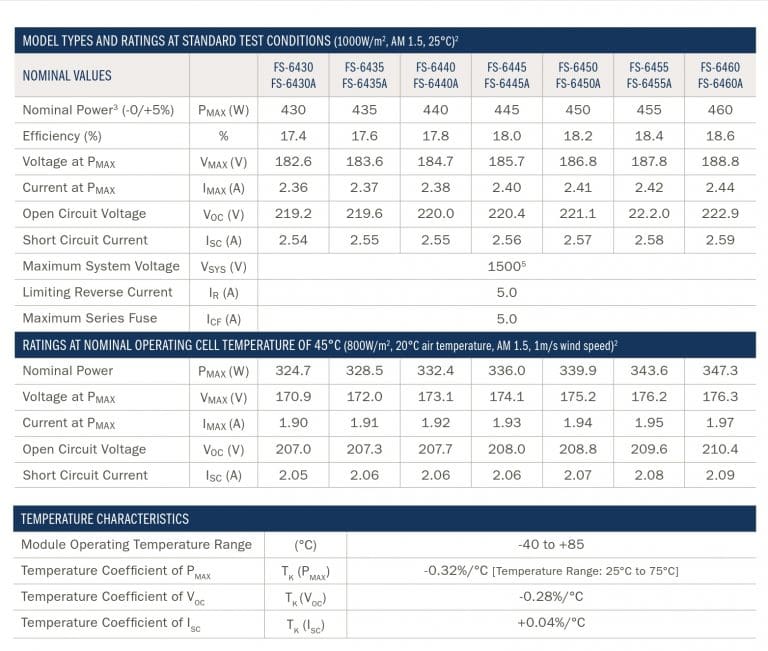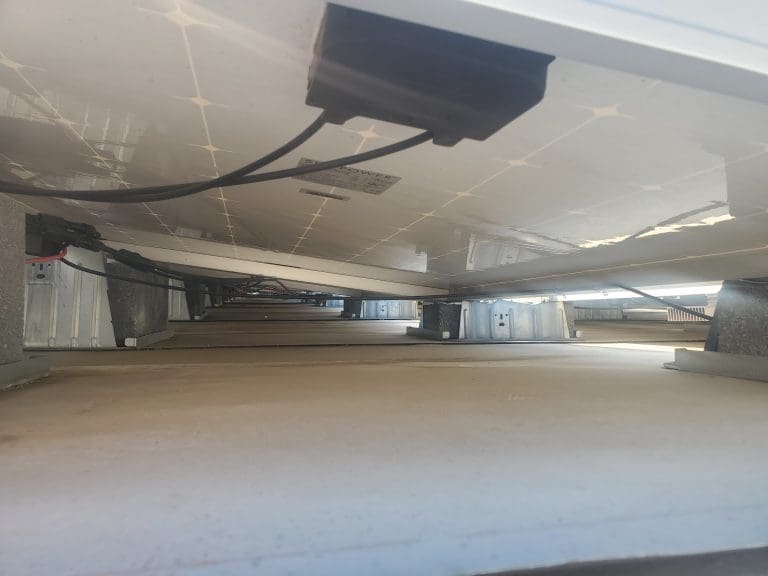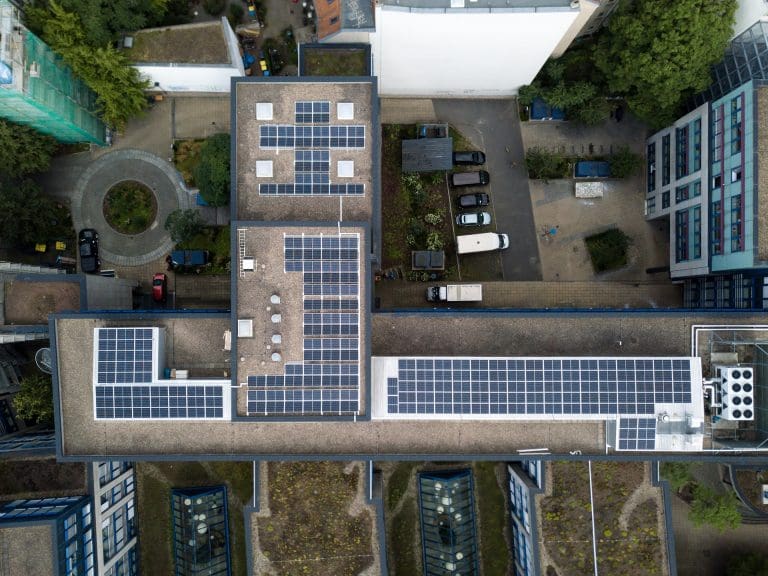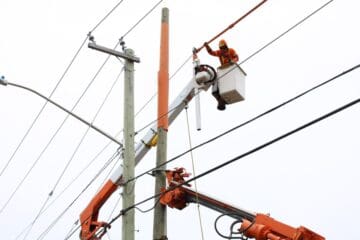Combining Solar Energy and Agriculture
A few years ago, DOE’s NREL studied the possible benefits of ground mounted solar panels over active agricultural land. The aim was to see if this could be an answer to several different problems & obstacles for both industries: agricultural soil moisture loss, the need for scaled sustainable regenerative farming practices, and PV area placement availability. Specifically, the study aimed to see if a co-location of agricultural crops and photovoltaic systems would be mutually beneficial in soil water retention and heat reduction At the time, growing plants and crops underneath solar arrays had been done, but only sparsely. In 2012, only about 5 MW of solar had been built over vegetation in the U.S. In Septembers of 2019 NREL published “Agrivoltaics provide mutual benefits across the food–energy–water nexus in drylands” in Nature Sustainability which illustrated their conclusion that there were benefits in all categories for both the agricultural uses and solar production.
The dual use of land for a Solar Array and agriculture is Agrivoltics
The dual use of land for solar energy production and agriculture is Agrivoltics
Are there grants available for Agrivoltaics?
A four acres ground mount solar field in Boulder County, Colorado, was the recipient of a $10 million grant from the USDA’s National Institute of Food and Agriculture to research Agrivoltaics for different crops, and climates. The research farm is growing carrots, kale, tomatoes, garlic, beets, radishes, lettuce, and more underneath the solar arrays.
What crops grow better underneath solar panel?
The shading under solar panels caused corps to collect more light, their leaves grow bigger than they would if planted in an open field. He’s seen this happen in basil, and pepper, which grows in the shade of trees in the wild, produces three times more in an agrivoltaics system. Tomato plants also grow more fruit. By growing these crops in the shade of solar arrays, the amount of that intense sunlight that bakes off the water and stresses out the plant is reduced.
What are benefits of ground mounted solar panels over active agricultural land?
The DOE’s NREL study was conducted by planting a variety of different crops typically grown in a range of temperate climates and monitoring how they fared under open-sky conditions (the control group) against the crops planted under the partial shade of the PV array (the test group). The crops used were chiltepin pepper, jalapeño, and cherry tomato. (I’m assuming they made salsa afterwards). Here is some of what they found:
- For the jalapeno, the water-use efficiency was 157% better under the panels than the open-sky control group
- The pepper produced three times more fruit with the panels than without
- The cherry tomatoes produced twice as much under the panels and had an increased water-use efficiency of 65%.
- Additionally, with vegetation under the panels as opposed to gravel, the array was on average about 9 degrees cooler, allowing for better energy production.
How does temperature affect solar module performance?

Credit: First Solar
Read Also:
How is the benefit relation between Solar Array and Corps?
Since the study, “agrivoltaics” have caught on quickly with installations as well as experimentation and study programs in universities. Oregon State University has a section dedicated to Agrivoltaics on their website within the College of Agricultural Sciences section. They define agrivoltaics as “a symbiotic relationship where both the solar panels and the crops benefit because they help each other perform better.” The university intuitively points out that modern civilization requires energy, water and agriculture in order to thrive. Technological advancements have been made in the improved procurement, treatment and usage of these elements separately but agrivoltaics address all three of them at once. A study conducted by OSU concluded that by converting just 1% of U.S. farmland to agrivoltaics, we could meet our current renewable energy targets while saving water and enabling more sustainable food production. [The biggest inhibitor to an ambition like this would be in ensuring that planned installations were done within feasible parameters of transmission line infrastructure.] But 1% seems like a worthy and doable goal.
In 2022, the Department of Energy announced Foundational Agrivoltaic Research for Megawatt Scale (FARMS), a grant funding program aimed to push agrivoltaics to scale.
The initial funding allocation is $8 million, and DOE is looking to award 4-6 projects, each in the $1-2 million allocation range.
One notable agrivoltaic system already up & running (not a part of this new FARMS program) is Jack’s Solar Garden, a 1.2 MW community solar project located in Boulder, Colorado. As of February 2022, forty different types of plants & crops were being planted underneath the array as well as pollinator-friendly shrubs and trees surrounding the project.
Credit: Mark Michaelis via Pixabay
How Solar Array reduces water conservation in Agrivoltaics?
And it’s not just water conservation in soil that the U.S. has started to scale. The Turlock Irrigation District in California is beginning a new pilot program to build solar canopies over canals to conserve water & provide ample installation area for the multiple gigawatts of energy they plan on producing from the project. If successful, California will likely expand this solar-canal coverage model. Estimates show that if solar is installed on all 4,000 miles of the state’s public water canals, they could save over 60 billion gallons of water per year while generating 13 gigawatts of energy (that’s enough to power over 700,000 homes).
Can we produces solar energy on a Winery Operation?
In 2021, Linganore Winecellars has installed a solar system that will completely power the winery. “It’s sort of cool” said Anthony Aellen, Vice President of Winery Operations. “We’re growing grapes coming from the field and now we’re growing power on the farm as well.”
The Maryland winery system installed 720 solar panels, each generating 350 watts, for a total of 252 kilowatts. This is enough to power the entire operation, and one of the first wineries to do so in the Mid-Atlantic region. As grapes are grown, harvested, and made into wine, the environment and its future are prioritized.





